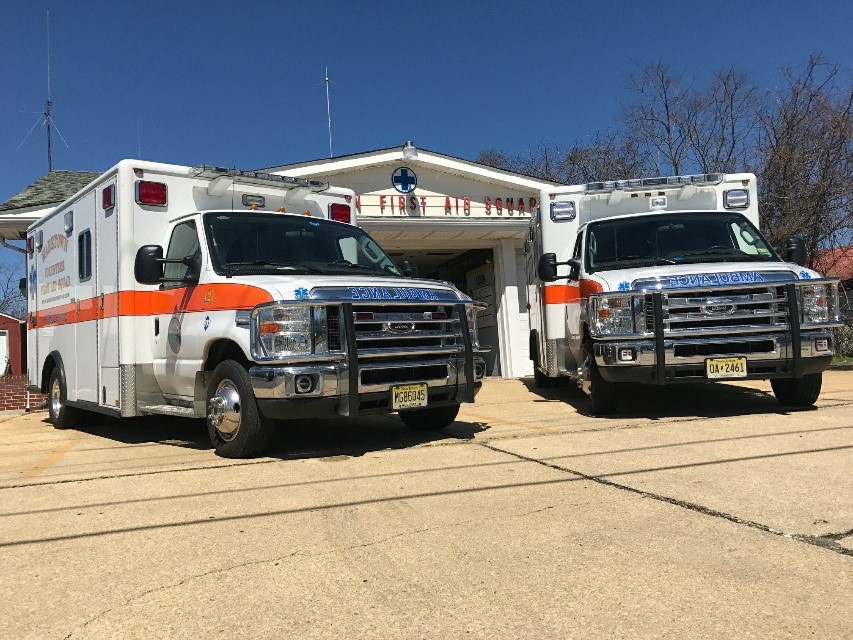Depleted Ambulance Staffs Need Immediate Relief

Amid horror stories of COVID-19-besieged emergency medical services in the state and with a Jan. 11th deadline approaching, the Assembly Health Committee this morning voted to provide a one-year extension on a waiver to enable an ambulance to mobilize with one driver and one EMT.
Greg Scott, president of Able Medical Transportation, told the committee:
“The entire system is struggling. EMTs are exiting the ambulance service in volumes. [Those who remain] are working double shifts consistently. Before long they too will throw in the towel and exit. It’s been here two years.”
The National Guard has begun staffing ambulance units in Massachusetts.
“That may be in our future,” said Scott, who undertook a poll of his industry, which found that ambulance corps are suffering 20% field loss due to COVID-19 positive cases and quarantining.
“Our industry desperately needs this to pass,” he said of the waiver. “Frankly we need time to catch our breath and rebuild.”
From A-6073:
This bill provides that, until January 1, 2023, each basic life support services (BLS) vehicle, when in service, is to be staffed by a minimum of two emergency medical technicians (EMTs) or by a minimum of one EMT and one first responder. The bill defines “first responder” to mean a police officer, firefighter, or other person who has been trained to provide emergency medical first response services in a program recognized by the Commissioner of Health.
Any individual staffing a BLS vehicle will be authorized to render care within that individual’s scope of practice. In the case of a vehicle staffed by a one EMT and one first responder, the EMT will be required to be present in the patient compartment of the vehicle at all times when a patient is present in the vehicle.
Each person staffing a BLS vehicle is to be at least 18 years of age. In addition, a first responder staffing a BLS vehicle will be required to:
(1) be certified to administer cardio-pulmonary resuscitation (CPR);
(2) be able to operate a BLS vehicle; and
(3) possess a certification from the National Safety Council, National Registry of Emergency Medical Technicians, American Red Cross, Emergency Care and Safety Institute, the American Health and Safety Institute, or an equivalent certification.
This bill effectively extends a BLS vehicle crewmember waiver authorized by the Commissioner of Health in response to the COVID-19 pandemic. Department of Health regulations ordinarily require that a BLS vehicle be staffed by at least two EMTs.








Leave a Reply